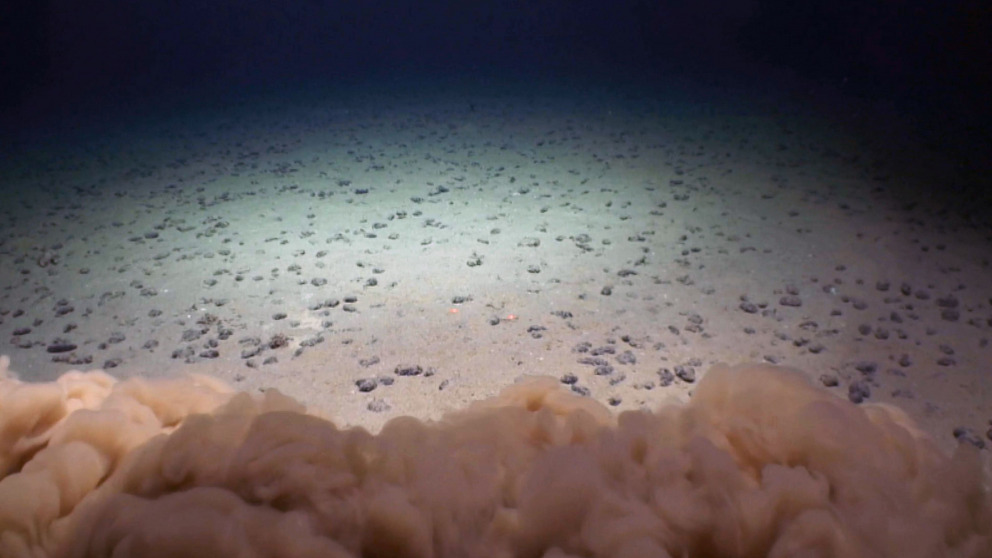Environmental Standards for Deep Seabed Mining
Duration
Diverse, rapidly growing stresses on marine ecosystems, fuelled in part by climate change, are leading to significant changes in our oceans. The deep seabed, too, is in danger due to heating, pollution and other influences. Mineral mining could cause irreversible harm to particularly sensitive and unique ecosystems on the deep seabed, seamounts and hot springs. Yet, despite international obligations to protect the ocean, certain states - Germany among them - are working towards the advancement of deep seabed mining to maintain supply security and to develop new technologies.
For several years, states have been working on the international legal framework to regulate access to mineral deposits in the deep seabed, the "Area", within the scope of the International Seabed Authority (ISA). The Area lies beyond the jurisdiction of any coastal state and is legally defined as the common heritage of humankind (https://www.iass-potsdam.de/en/news/new-study-future-global-seafloor) and managed by the ISA. The framework put forth by the Convention on the Law of the Sea stipulates, among other things, that state parties must "ensure effective protection for the marine environment from harmful effects which may arise from [seabed mining] activities" - a responsibility which Germany itself bears for its two contract areas in the Indian and Pacific Oceans.
An approach to minimising environmental damage
In the current research project "Environmental standards for deep sea mining", a legally and scientifically based approach is being developed which will support the ISA in systematically planning the environmental management of the deep seabed. Its most important aspect is the practical application of the ecosystem approach and the precautionary principle. This environmental strategy will involve strategic environmental goals and objectives that can be broken down into measurable thresholds and indicators. The most important prerequisite for assessing changes is high-quality basic research. Thus, the research will also ask how certification of the "best available technology" can lead to "best environmental practice" and thus minimising environmental damage.
The RIFS research group "Ocean Governance" has a focus on the challenges and opportunities for protecting and sustainably using the "Common Heritage of (Hu)mankind", including the development of international rules for deep seabed mining. As such, it builds on the knowledge gained from two earlier projects: the completed project "Ecological Safeguards for Deep Seabed Mining" established the framework for a possible form of environmental governance of deep seabed mining (see the Final Report); the project "Deep Seabed Mining - Test Mining and Fair Benefit Sharing" dealt with the question of how to administer this Common Heritage, as well as the effect of test mining to study environmental damage caused by deep seabed mining.
